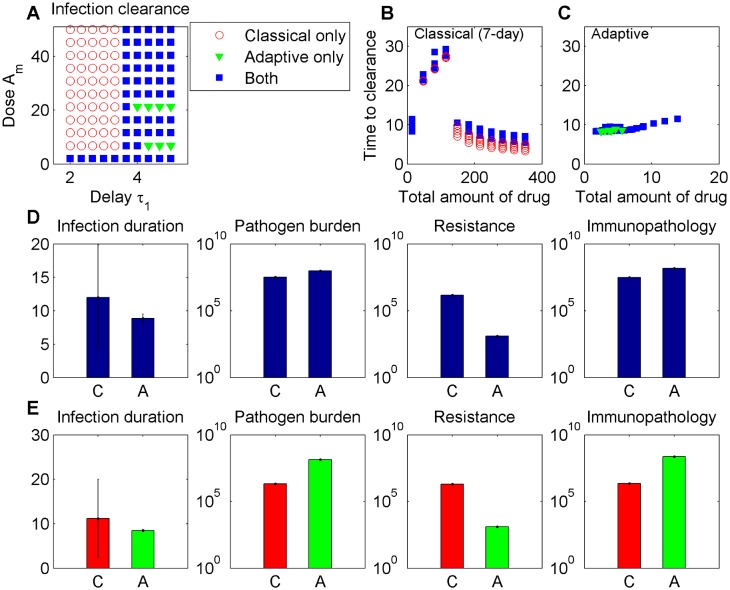Fig 9. Comparison of classical and adaptive regimes, for variable dose and treatment delay.
Different treatment scenarios are simulated up to T = 30 days post-infection. Classical treatment assumes a fixed duration of 7 days, while in the adaptive regime, drug uptake is related to bacterial density above the threshold Ω = B(τ1). Parameters as in Table 1. A) Clearance of infection by 30 days can be obtained: via classical treatment only (red), via adaptive treatment only (green) or using either regime (blue). B)-C) The amount of drug deployed in each treatment and the associated time to clearance. Longer time to clearance in the classical regime at low doses corresponds to relapsing infection after treatment cessation, and delayed clearance by host immunity. D) Treatment outcomes in those cases where both regimes, classical/C, and adaptive/A, can yield infection clearance (mean ± sd), with: , ; , ; , . E) Treatment outcomes in those cases where clearance can be achieved exclusively via one or the other regime (mean ± sd), with: , ; , ; , .

